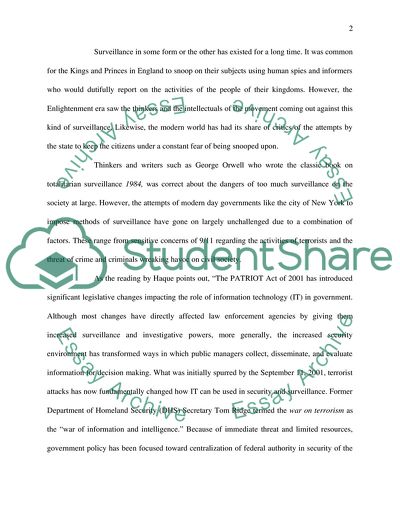Cite this document
(Surveillance and How It Impacts the Public At Large Case Study, n.d.)
Surveillance and How It Impacts the Public At Large Case Study. Retrieved from https://studentshare.org/law/1729670-i-spy-with-the-citys-little-eye
Surveillance and How It Impacts the Public At Large Case Study. Retrieved from https://studentshare.org/law/1729670-i-spy-with-the-citys-little-eye
(Surveillance and How It Impacts the Public At Large Case Study)
Surveillance and How It Impacts the Public At Large Case Study. https://studentshare.org/law/1729670-i-spy-with-the-citys-little-eye.
Surveillance and How It Impacts the Public At Large Case Study. https://studentshare.org/law/1729670-i-spy-with-the-citys-little-eye.
“Surveillance and How It Impacts the Public At Large Case Study”, n.d. https://studentshare.org/law/1729670-i-spy-with-the-citys-little-eye.


